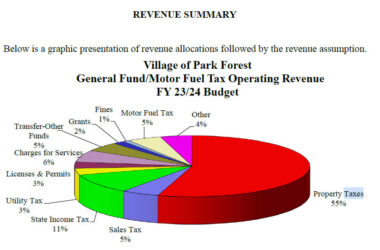 Commentary
Commentary
Inside the First Amendment
By Gene Policinski
First Amendment Center
School administrators can gain from a recent court decision some much-needed guidance on how to react to student voices they dislike.
The good news for students — and for all Americans — is that this newest legal lesson supports more speech instead of placing more limits on student expression.
A landmark 1969 U.S. Supreme Court decision — Tinker v. Des Moines Independent Community School Dist., involving students and Vietnam War protest armbands — put forth the idea that young citizens don’t automatically surrender their First Amendment rights at the schoolhouse door.
But since then, courts at various levels have set about defining when and how officials legally could shut down student expression. A number of those legal limits have been driven by security, education or drug-related concerns.
No principal, no superintendent — and no judge, for that matter — wants to be the person whose inattention, inactivity or decision results in another Columbine-style massacre. Judges have recognized that teachers cannot teach and students cannot learn amid chaos or fear. And the dangers of drug use are painfully obvious.
Still, in various cases in just the past five years, students have been silenced because the message was politically incorrect or offended administrator sensibilities or community views. After voicing or writing sharp political views about the war in Iraq or illegal immigrants or gay rights or after penning provocative illustrations involving Old Glory, students have been told to sit down, shut up and wait their turn as citizens until they leave school — or face suspension or worse.
Many disputes are settled out-of-court, more often than not with an apology to the student and reinstatement. But the 8th U.S. Circuit Court of Appeals weighed in on Sept. 2 with a common-sense decision supporting the rights of students to object to — of all things — a school policy.
A three-judge panel agreed that school officials in Watson Chapel, Ark., violated the constitutional rights of three students in 2006 who were disciplined for wearing black armbands or wristbands to school to protest a new policy enforcing school uniforms, and for handing out a flier objecting to the policy.
The administrators agreed in court that the student protest did not disrupt classes or order at the school.
The 8th Circuit panel said that despite restrictive decisions since it was handed down, including the 2007 Supreme Court decision in the so-called “Bong Hits for Jesus” case, “Tinker remains good law.” Students in both Tinker and the Watson Chapel case were exercising a right of protest against a government policy — something officials in every school ought to celebrate by example, not denigrate.
Advocates for student expression have feared that school officials and lower courts would expand legal controls into other areas of student free expression based on the ruling in that “Bong Hits” case. In that case — officially called Morse v. Frederick — the high court said officials may clamp down on student speech regarded as encouraging drug use.
School officials in Arkansas even argued that the subject matter was too mundane to get constitutional protection. The decision in the Watson Chapel case, however, squarely affirms that non-disruptive student speech, be it on issues of international interest or on local policies such as school uniforms, is protected by the First Amendment.
In an era in which educators struggle to motivate students to think critically, and to instill basic American values of good citizenship, arbitrarily denying basic rights to speak out, to write in protest, to assemble and to peaceably “seek redress” seems wrong-headed.
Students should learn about First Amendment freedoms in the classroom rather than the courtroom.
Gene Policinski is vice president and executive director of the First Amendment Center, 555 Pennsylvania Ave., N.W., Washington, D.C. 20001. Web: www.firstamendmentcenter.org. E-mail: [email protected].








